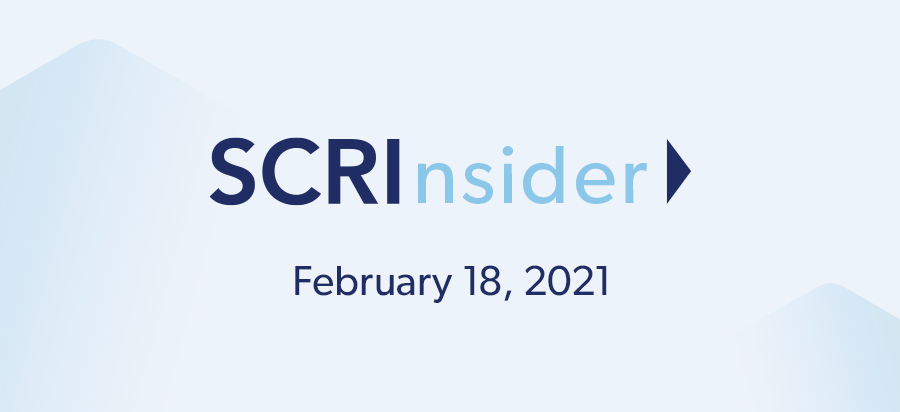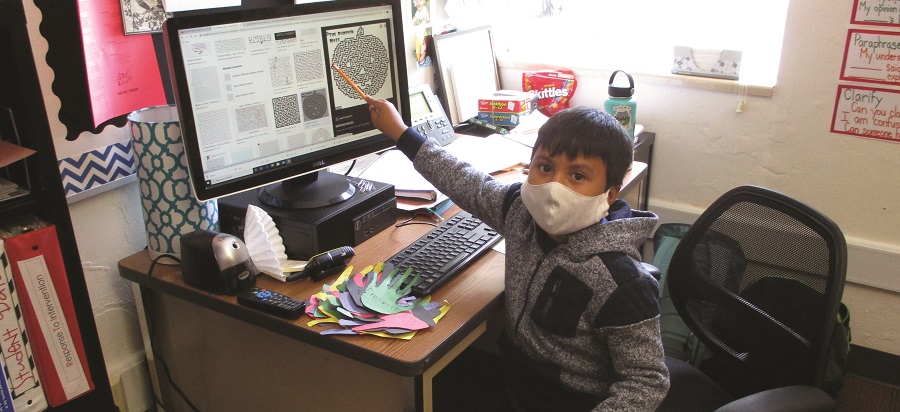Some of the very first articles I read as schools shut down almost a year ago were about the digital divide between lower- and higher- income families. Districts scrambled to distribute devices and hotspots on a massive scale, yet access and high-speed Internet were only a part of the problem. Knowing how to use the technology you have – and having the time and space to practice, learn, and grow – proved challenging for many kids and families. Now, a year later, we have data suggesting that remote learning in some form is here to stay, with many districts reporting they are likely to continue remote offerings over the long-term.
That’s why SCRI was so thrilled to discover an unanticipated yet wholly positive impact of participating in BellXcel Remote in Summer 2020. Scholars, families, and staff reported their summer experience:
- improved their technology skills;
- increased confidence in and comfort with virtual learning;
- helped repair negative experiences of remote learning from the Spring of 2020; and
- set families, scholars, and staff up for success in remote learning as they moved into the new school year.
Today we’re releasing Boosting Technology Confidence Through Summer Learning, a new report that distills these findings and makes recommendations for educators and youth development professionals hoping to provide a positive virtual learning experience.
Additionally, last month we released a new RAND study on the power of summer professional development for teachers. This month, we dive deeper into the study with lead authors Elizabeth Steiner and Laura Stelitano to discuss the implications for the broader K-12 field. Check out our Q&A here.
We think increased confidence in technology and improved teacher practice are two strong reasons to prioritize summer learning in 2021.




